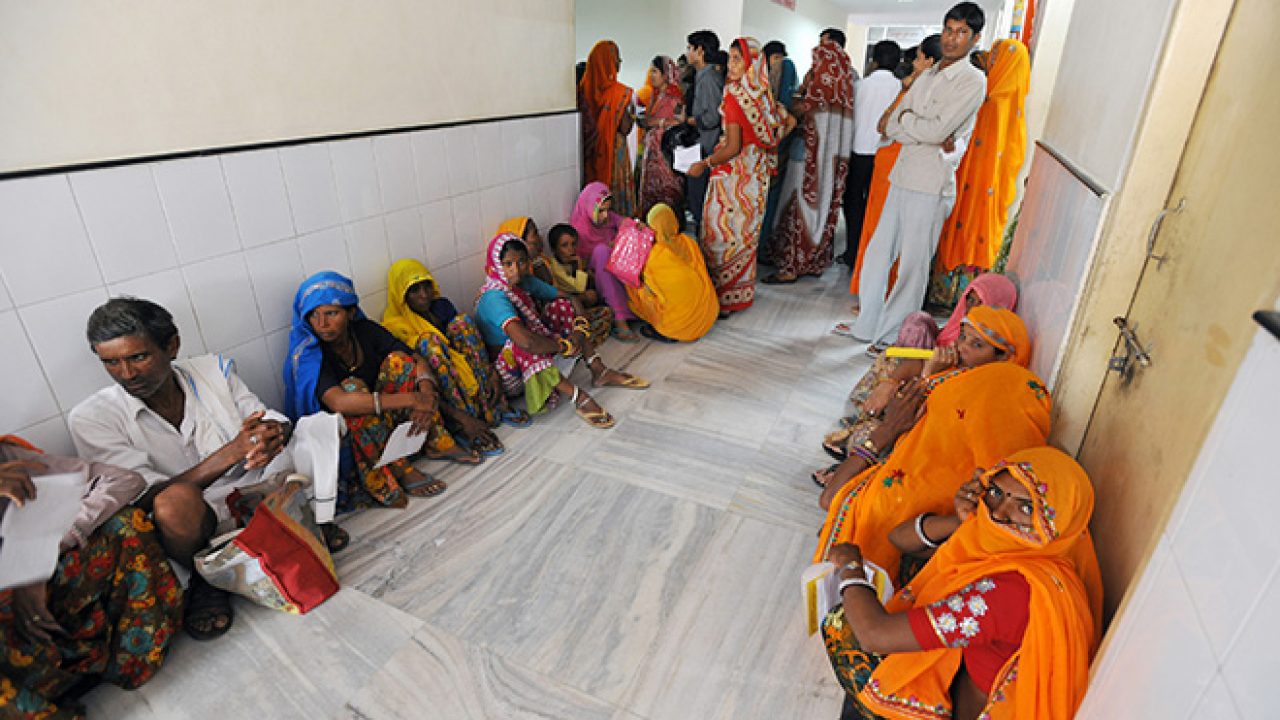
India is now ranked 131 among 189 countries in the latest Human Development Index rankings published by the United Nations Development Programme. Norway continues to occupy the first spot as was the case in 2019. Bhutan which ranked 134th in 2019 has now assumed the 129th spot this year.
The Human Development Index (HDI) is based on a nation’s health, education, and standards of living. India’s HDI value for 2019 is 0.645 which put it in the medium human development category. UNDP Resident Representative Shoko Noda spoke to the media and said, “the drop in India’s ranking doesn’t mean India didn’t do well but other countries did better.” Noda said that India could help other countries too and lauded its commitment to reduce carbon emissions.
India’s neighbouring countries seem to stay afloat as Nepal has reached the 142nd rank from 147th last year, Afghanistan has moved one place up at 169th from 170. Bangladesh has risen from 135 to 133 whereas like India, countries like Pakistan have slipped from 152nd to 154th and Sri Lanka ranks 72, a notch lower.
Atul Sood, Professor at the Centre for the Study of Regional Development at Jawaharlal Nehru University (JNU), attributed India’s poor ranking to its growth-oriented policy that lacks specific focus on social-sector outcomes. He told The Telegraph, “In India, there is a thinking that economic growth will automatically result in social development. The global experience suggests the reverse. Growth does not automatically percolate down to ensure development in education, health or gender. Other countries, particularly our neighbours like Bangladesh, Nepal and Sri Lanka, laid specific emphasis on social-sector outcomes.”
He has also reportedly suggested a higher investment in education and health. He feels that the Government has been slowly and steadily withdrawing from these sectors and pushing the private sector to take the lead. “The slide in global ranking is proof that private investment is unlikely to deliver gains in the social sector,” Sood said.
The UN report noted that the higher levels of malnutrition in girls than boys was due to different responses in parent behaviour as well as disinvestment in girls’ health and education. With respect to climate change, the report stated that India and Pakistan both broke temperature records killing hundreds of people.
The report said that under the Paris Agreement, India pledged to reduce the emission intensity of its GDP from the 2005 level by 33-35 percent by 2030 and to obtain 40 percent of electric power capacity from non-fossil fuel sources by 2030.
“As part of the plan, the National Solar Mission aims to promote solar energy for power generation and other uses to make solar energy competitive with fossil fuel-based options. Solar capacity in India increased from 2.6 gigawatts in March 2014 to 30 gigawatts in July 2019, achieving its target of 20 gigawatts four years ahead of schedule. In 2019, India ranked fifth for installed solar capacity,” the report said.
But unfortunately, disasters have uprooted millions of lives in 2019-20. A crippling drought coupled with poor infrastructure in Chennai which is home to ten million people caused water shortages so severe that there were street clashes.
Meanwhile, the heaviest monsoon in twenty-five years produced catastrophic floods and the loss of at least 1,600 lives across thirteen Indian states and in Kerala more than 1 lakh people had to be evacuated. Noting the horrors, the United Nations has appealed to the world to reduce its carbon emissions to net zero; “or if they continue to climb, it will only get worse”, said the report.
The UNDP report has appreciated the local efforts of women to reduce planetary imbalances for example, the Indian project led by Kudumbashree, which empowers women farmers, fishers and grazers to assume leadership in public decision making. “Cases in India and Nepal show that environmental decision making can be democratized when control over the means of production is transferred to local communities, which can lead to more sustainable outcomes”, states the report.
Hence women owning land can improve women’s security and reduce the risk of gender-based violence. As an unprecedented shock to human development through the Covid 19 pandemic, the report acknowledges that after two decades of progress, around 900 million people could be undernourished by 2030.
The report also mentions the high frequency of catastrophic events such as floods, cyclones and locust attacks in India and Pakistan. In 2018 India was the fifth most affected by extreme weather, with 2,100 deaths and Rs. 38 billion in losses in purchasing power terms. Uttarakhand, for example, has become more vulnerable to flash floods due to land use changes such as deforestation and urbanization patterns, and the flash floods are likely more intense due to climate change, noted the report.
In this backdrop, it appreciated the investments in community-based forest management arrangements in Nepal that have contributed to positive outcomes for both the reduction of poverty and deforestation. The report also witnessed that more education of women and girls, more economic empowerment of women, more bargaining power of young girls in households, reduced poverty contributed to lower fertility rates in India (especially in the state of Kerala) and Bangladesh.
The entire Human Development Report 2020 may be read here
Related:
Why India Cannot Achieve The Growth It Wants Without Reducing Income, Gender Inequality